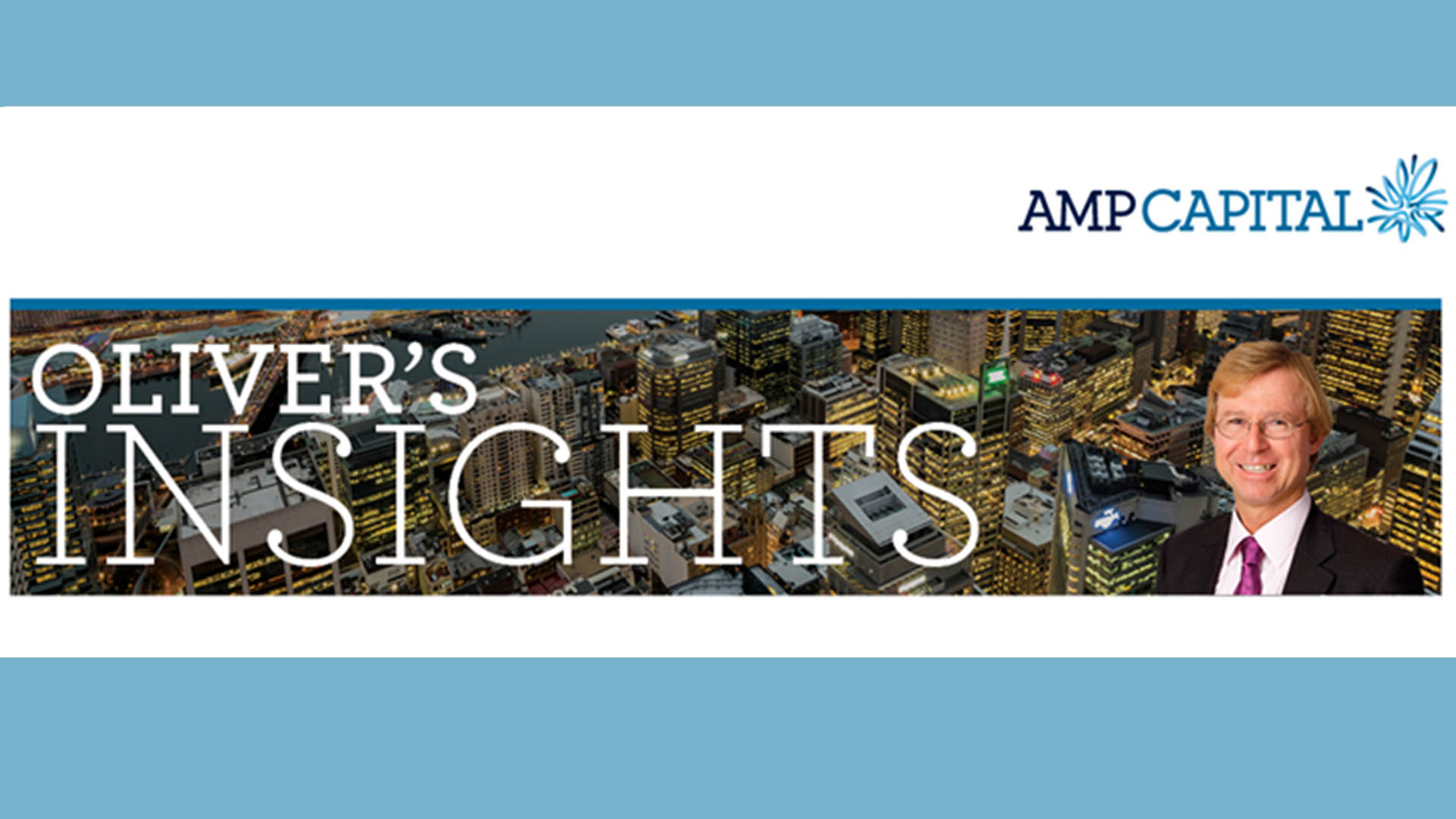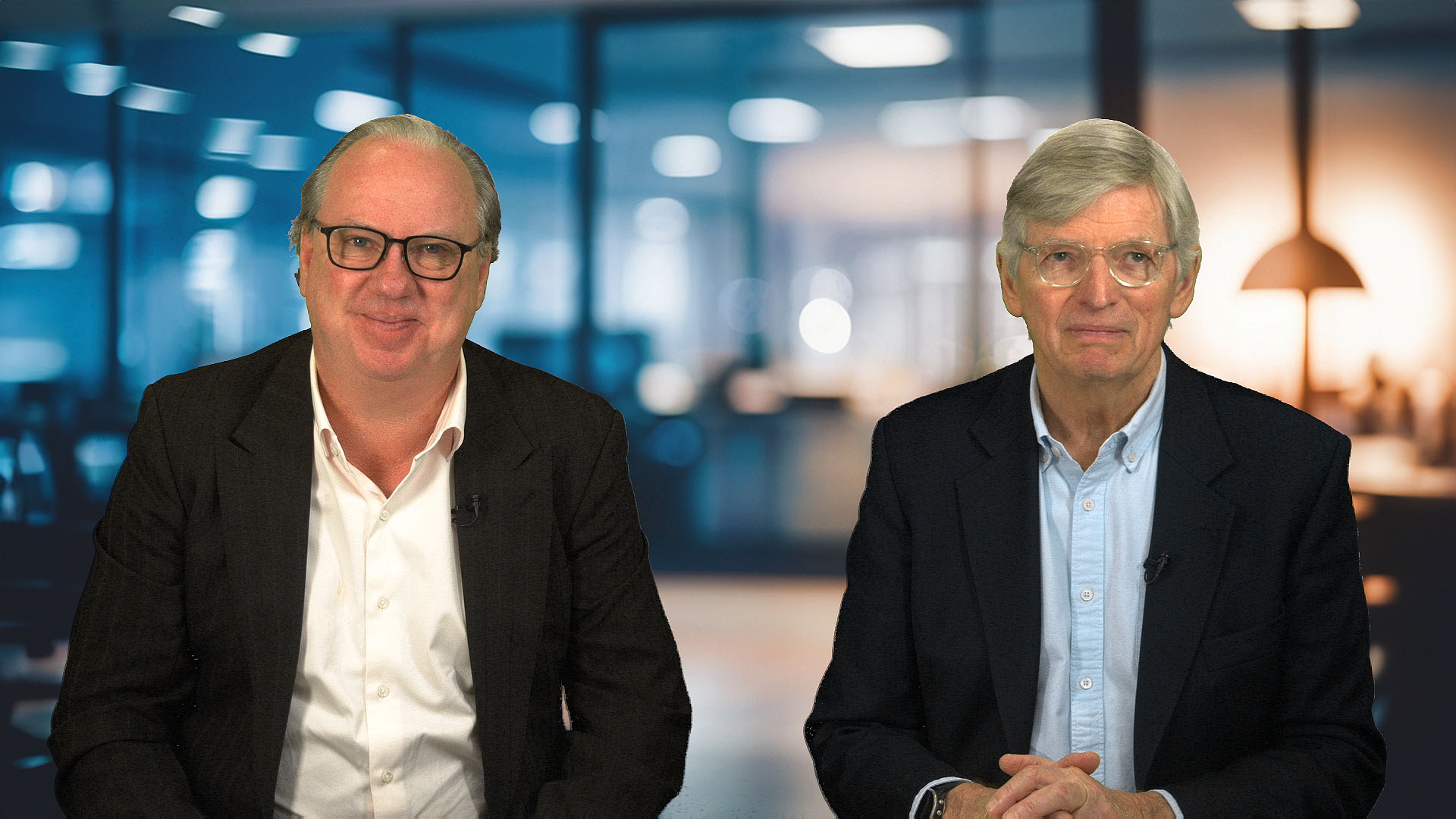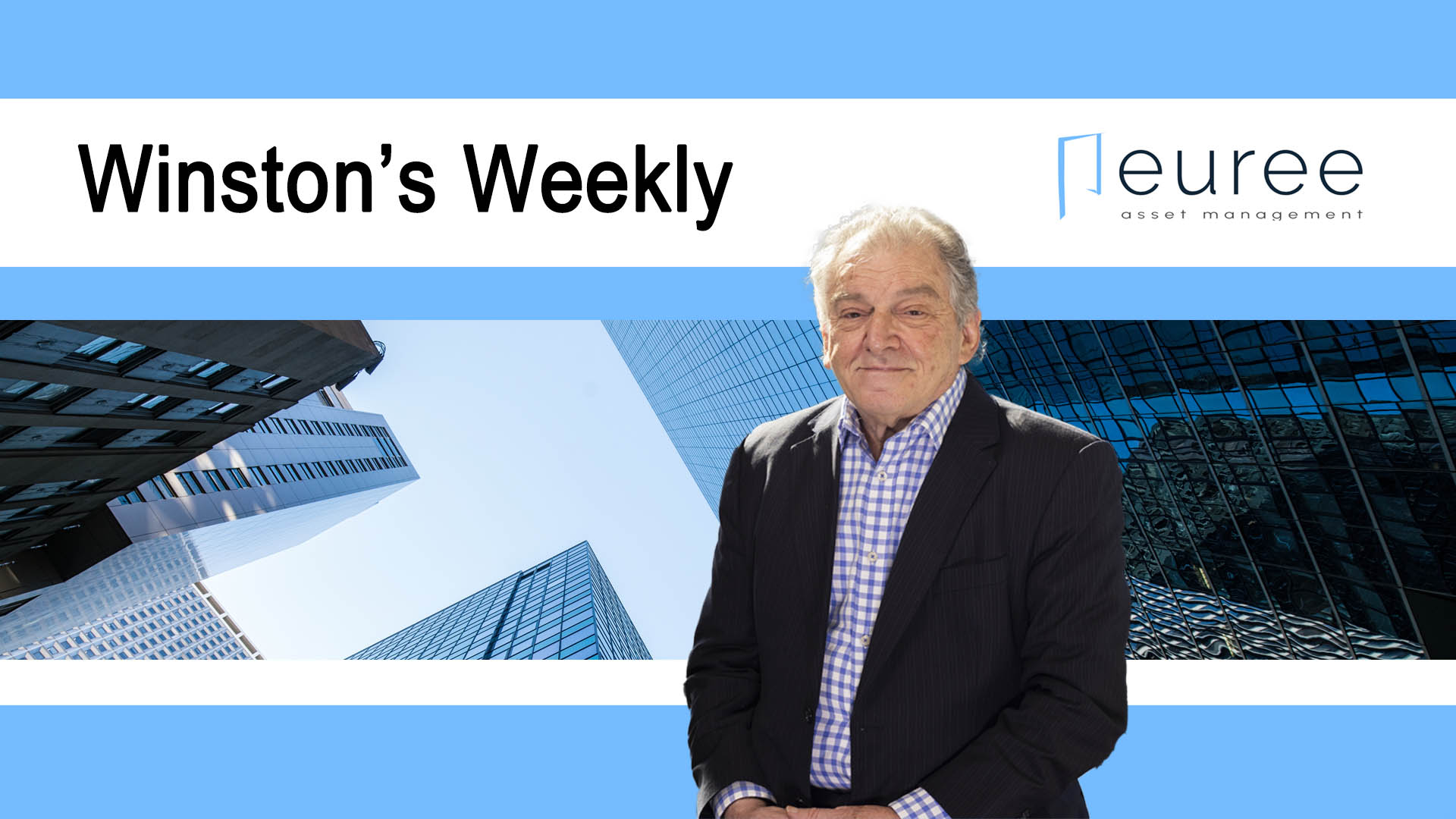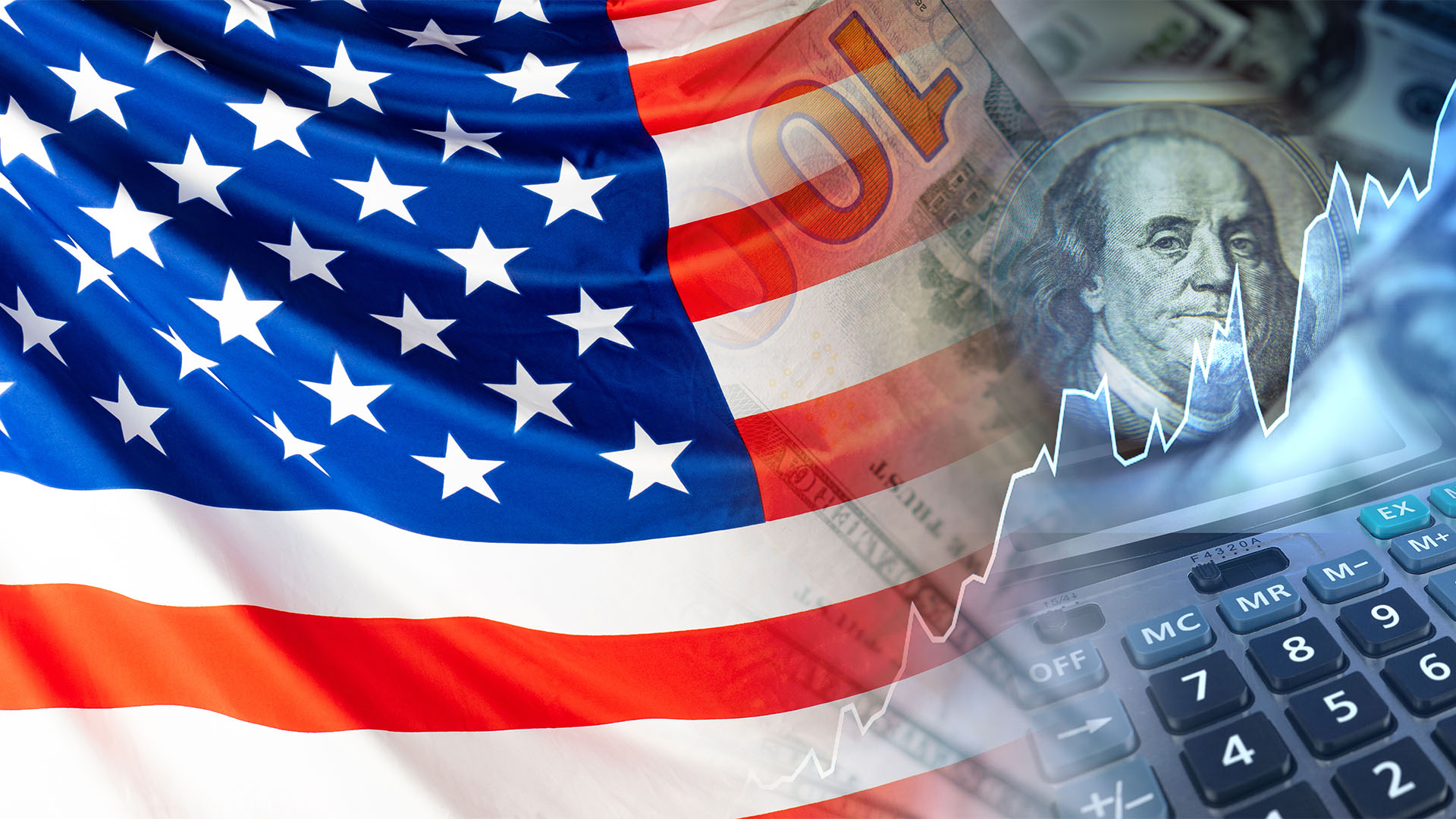It was more divot than pivot for the Wall Street hackers, who seem to have wildly misjudged the Federal Reserve’s course of action even as inflation continues to fall.
In the spirit of the season, Santa Fed and chief elf Jay Powell have left coal, rather than gold, in the stockings for US investors.
Wall Street shouldn’t have missed the cues from the Fed chair about the need for higher interest rates to cool inflation for as long as the central bankers, not Wall Street pundits, feels is necessary.
After all, in his Jackson Hole speech in late August, Powell left no doubt the US central bank would be taking the one-wood to inflation and giving it a mighty whack. If the US economy, households and businesses were also hit, so be it.
To quote the man himself, he said that cooling inflation would require a “sustained period of below-trend growth[…]Moreover, there will very likely be some softening of the labour market while higher interest rates, slower growth and softer labour market conditions will bring down inflation but will also bring some pain to households and businesses.”
After four massive 0.75% rises and then another half a per cent this week, 2023 is set up to be when Powell’s warnings start having becoming part of everyday reality for American consumers, employees, companies, investors and the wider economy.
The Fed sees growth almost grinding to a halt, jobless numbers climbing, inflation continuing at levels higher than forecast three months ago and at least four and possible more rate rises across 2023
Powell again made clear on Wednesday that the Fed’s hard-line on inflation had not been changed, despite the clear softening in cost pressures.
“The inflation data received so far for October and November show a welcome reduction in the monthly pace of price increases. But it will take substantially more evidence to give confidence that inflation is on a sustained downward path,” Powell told a post-Fed meeting media conference.
But he added that price pressures remain evident across a broad range of goods and services and he again repeated earlier remarks that to ease to early would be to trigger more problems.
“Historical experience cautions strongly against prematurely loosening policy. I wouldn’t see us considering rate cuts until the committee is confident that inflation is moving down to 2% in a sustained way,” Powell said.
Asked if a soft landing is no longer achievable, Jerome Powell said the economy could still skirt a recession.
“No, I wouldn’t say that. No, I don’t say that,” Powell said during his media conference. “To the extent we need to keep rates higher and keep them there for longer inflation … I think that that narrows the runway, but lower inflation readings, if they persist in time, could certainly make it more possible.”
“I just don’t think anyone knows whether we’re going to have a recession or not. And if we do, whether it’s going to be a deep one or not … it’s not knowable,” Powell said.
The US labour market remains very strong – and stretched. If it snaps then the US economy will slide into a recession that it will not escape from for a while and the Fed’s interest rate forecasts will become redundant.
2022’s series of rate hikes are expected to slow the economy to the point where it sputters to a growth rate of just 0.50%, barely above what would be considered a recession.
That will be after growth this year of 0.5% – implying slow growth in the current December quarter after the economy contracted 0.6% in the June half (and 1.6% in the March quarter) and bounced back to a 2.9% annual rate in three months to September.
In its September projections, the Fed expected 0.2% growth this year and 1.2% next, so a significant slowing next year.
Unemployment is forecast to be 3.7% this year (3.8% in the September forecast and 3.7% in November), rising to 4.6% next year and 2024 (4.4% in the September forecast).
At the same time the Fed raised its median anticipation of its favoured core inflation measure to 4.8%, up 0.3 percentage points from the September projections. That makes the hawkish comments from Powell in his post meeting media briefing understandable.
Moody’s economists wrote on Friday in their regular weekly note:
“We expect economic growth to decelerate in 2023 but avoid recession. The same factor Powell mentioned—a structurally tight labor market—frames our thinking as well.
“However, with growth at just 0.5% next year, there is little room for anything to go wrong.”
And that’s the key point to take into 2023 from this week. While the rate rises from the Fed, Bank of England and European Central Bank showed central banks remain very serious about curbing inflation and pushing it lower on a sustained basis, they do not have much to work with next year.
It will be a matter of timing – but that is always in hindsight.
So no pivot and the divot will have to be replaced over the next month to six weeks by chastened investors without a clear message to sell.
For months in late 2021 and early this year the same investors yelled at the Fed (and other central banks) to stop treating inflation rises as ’transitory’ and to start tightening.
It took the commodity price explosion triggered by the Russian invasion of Ukraine (now washed out of the system) to force central banks to change tack and rush to cap the rapidly rising cost pressures.
That’s been done but because inflation became embedded across economies large and small (because the cost rises were generated by supply side pressures and not demand or rising wages), wringing inflation out of the global and major economies is going to take a lot more time than the urgers in the markets think.
The Fed thinks it will be 2025 before US inflation is back to the 2% target range (a bit earlier for the CPI, and a bit later for the Fed’s preferred measure core measure, or personal consumption expenditure inflation or PCE).
And in Australia – the jobs data for November confirmed that we will start 2023 with a rate rise in February and unless inflation starts falling sharply from the expected 8% or so reading this month, the rises will go on for a while.













